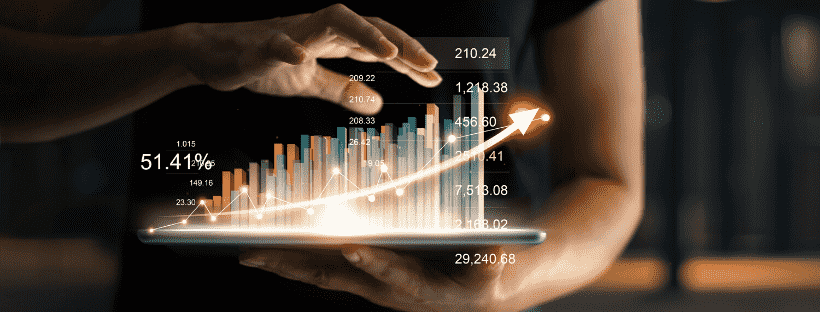The global financial crisis prompted many companies to pull in their horns, hoard cash, trim costs, and take a wary view of large investments. Yet the same crisis ushered in a new age of capital superabundance. Bain & Company’s Macro Trends Group carefully analyzed the global balance sheet and found that the world is awash in money. Global capital balances more than doubled between 1990 and 2010—from $220 trillion (about 6.5 times global GDP) to more than $600 trillion (9.5 times global GDP). And capital continues to expand. Our models suggest that by 2025 global financial capital could easily surpass a quadrillion dollars, more than 10 times global GDP.

Capital superabundance, combined with tepid economic growth, has produced historically low capital costs for most large companies. For much of the 1980s and 1990s, for instance, the average cost of equity capital for large U.S. corporations hovered between 10% and 15%. Today, the average cost of equity capital sits at close to half that: just 8% for the roughly 1600 companies comprising the Value Line Index. And the after-tax cost of debt for many large companies is close to the rate of inflation. So, in real terms, debt financing is essentially free.


